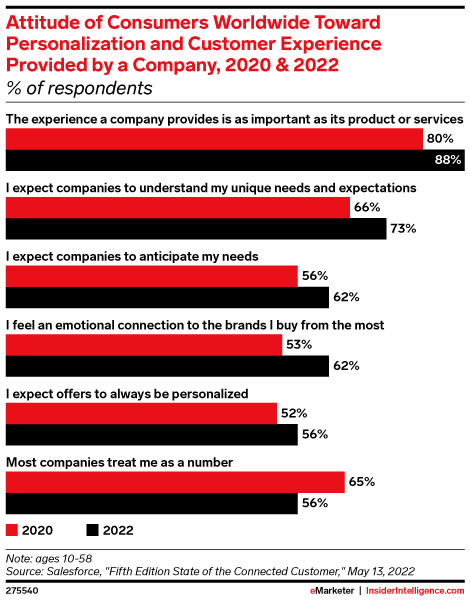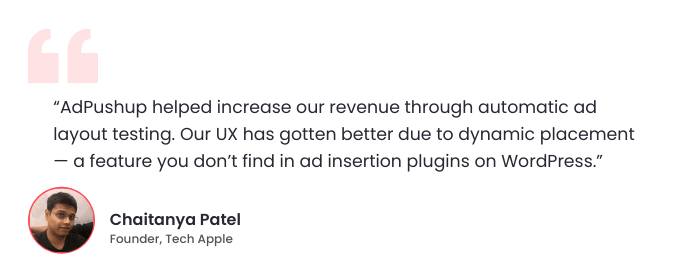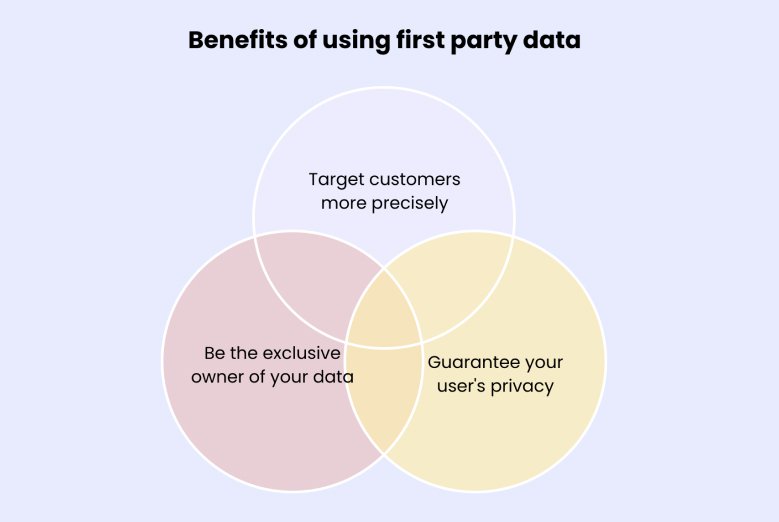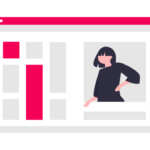As a publisher, understanding your target audience is vital. It’s the practice of using data to target demographics or interests in order to find the right person on the right device at the right moment.
As of 2022, the global ad spending market has reached an all-time high of 793.25 billion USD. Moreover, this is a great strategy to step ahead of your competition, and a huge part of the population vouches for the same as they claim to prefer targeted and personalized advertising over random ads.

Thus, audience targeting is extremely essential to a publisher’s success, and for that, the very first step is to take back control from third-party sources and own your first-party data. In fact, in 2022, the global trend suggests the same, as over 83% of high-quality sponsors are turning to first-party data publishers, who as well are rushing to do the same. So, what more can you do to bring home more profit? Let’s discuss it in further detail in this article.
Audience Targeting: Definition and Benefits to Publishers
What is audience targeting, and how do you go about it? It’s simply studying your audience, collecting information, and allotting them to sub-groups according to geography, demography, or some other specification, as you deem fit.
Also Read: What is Contextual Advertising? How Does it Work?
Let’s say you are trying to publish a young adult fiction or sell a line of fitness apparel. To have more sales, you need to advertise effectively to a crowd, let’s say young adults or people within their 20s-40s, respectively.
However, basic categorization, such as age, location, or size, doesn’t always work, as it is difficult to fit all in such general categories. However, this is overall what audience targeting determines, and here’s how it’s beneficial to publishers.
- Carefully and rationally segmenting ads can make all the difference in success between you and your competitors.
- Your audience will be more prone to click through if they find something relevant, hence increasing your CPM and attracting more advertisers.
- Both advertisers and publishers can create better and more meaningful relationships with their audience through audience targeting.
- Get a better understanding of your audience and learn how you can create a more loyal base by bettering your services as per popular demand.
What are the Top 3 Challenges of Audience Targeting Faced by Publishers?
Now that we know that audience segmentation is essential to publishers let’s learn what the common problems you might face or are prone to commit and assess how to overcome them are.
Not Narrow Enough Audience Targeting
Even with audience targeting, publishers often fail to create micro-segments. And creating only broad categories, such as location, age, or gender, will barely work any better than random advertising. It is essential for you to create unique, refined audience personas that can help you better target your audience where both your audience and advertisers remain appeased.

Current and Relevant Data for Targeting
This is not a one-time job where you create your audience categories and are done. Your audience can always fall in and out of categories, and it is essential for you to update your information and process so that you can remain relevant to your audience. Thus, for successful audience targeting, access to real-time data while being careful of your customer’s privacy concerns is extremely essential.
Building a Robust Data Sourcing Infrastructure
The better audience and first-party data publishers can provide, the more advertisers will be attracted to your brand. And for that, it is essential to create a complex and robust infrastructure where you can source critical audience information and create complex profiles by working data from more than just one source.
Effective Tips and Strategies for Successful Audience Targeting
Direct Selling of Ad Slots
Direct selling will allow you to keep 100% of the sales revenue. So why rely on third-party networks? Direct selling of ad slots, no matter the ad format, is, thus, more convenient and an emerging trend in 2022. And if you can provide better audience targeting marketing, then advertisers will be willing to pay higher prices for your ad slots, driving up your profits to an unexpected margin.
Define Your Audience
These are the three popular ways how you can section your audience. Technical defining of audience relies on information like – age, gender, employment, income, education, and so on.
Behavioural or psychographic data will be, on the other hand, different. Here you can get as creative and flexible as possible and focus on the minutest character information possible. The common areas this category covers are your audience’s interests, hobbies, attitudes, lifestyle choices, and so on.
Lastly, you can categorize your audience according to their role. Let’s say you are the publisher of a news application. You can categorize your audience into areas like – proper readers who take more than 40 seconds to go through the article, skimmers who don’t, and on-the-go readers who are used with less than 8 AMP pages. Similarly, publishers can categorize their audience into roles like consumers, loyal subscribers, freebies, one-timers, and so on.
First-Party Data for Survival

Although we’ve already established this, the importance for publishers to attain first-party data cannot be emphasized enough. The recent development suggests that third-party cookies are going away, and it can mean great success for publishers who retain their first-party data.
Also Check: Publisher 1st Party Data: From Striving to Thriving
Crafting Character Personas with Third-Party Sites
There are websites that can help you with custom targeting or collect audience insight. Craft your customer personas according to both conventional and non-conventional patterns, which best fit your brand. This can help not just your advertisers but yourself in tailoring your content and services according to your audience.
Summary
Apply first-party data tactics and increase your appeal value to your sponsors. While audience segmentation can seem like a daunting challenge right now, the fruits are more than worth it! And your success largely relies on how appealing you can be to marketers.
You are also able to establish a long-lasting connection with your customers by learning everything there is to know about your audiences. And this way, you can even outperform Google if you have a first-rate data architecture that can aggregate and activate wealthy audiences.
We provide the fastest way to grow ad revenue up to 40%. Sign up and implement these audience-targeting tricks now!
FAQ
The Audience Strategy helps marketers break up their customers into segments which are unique and meaningful for improving the effectiveness of all their efforts. Here is what should be considered for your target audience.
a) Age
b) Location
c) Gender
d) Hobbies
e) Profession
f) Level of Education
g) Marital Status etc
Among others, three major questions to help you identify your target market are:
a) What demographic are you targeting?
b) Where does your target audience live?
c) What industry does your target audience work in?

Shubham is a digital marketer with rich experience working in the advertisement technology industry. He has vast experience in the programmatic industry, driving business strategy and scaling functions including but not limited to growth and marketing, Operations, process optimization, and Sales.








